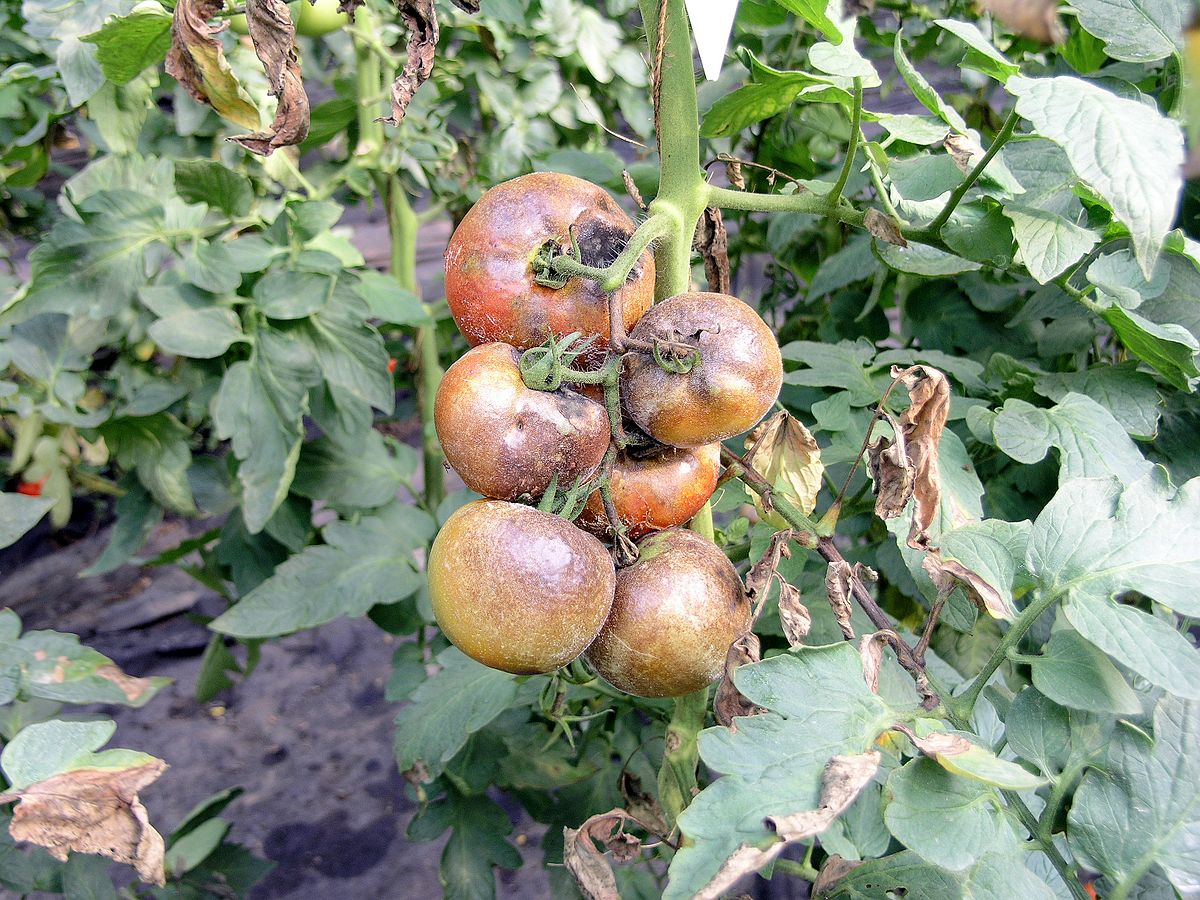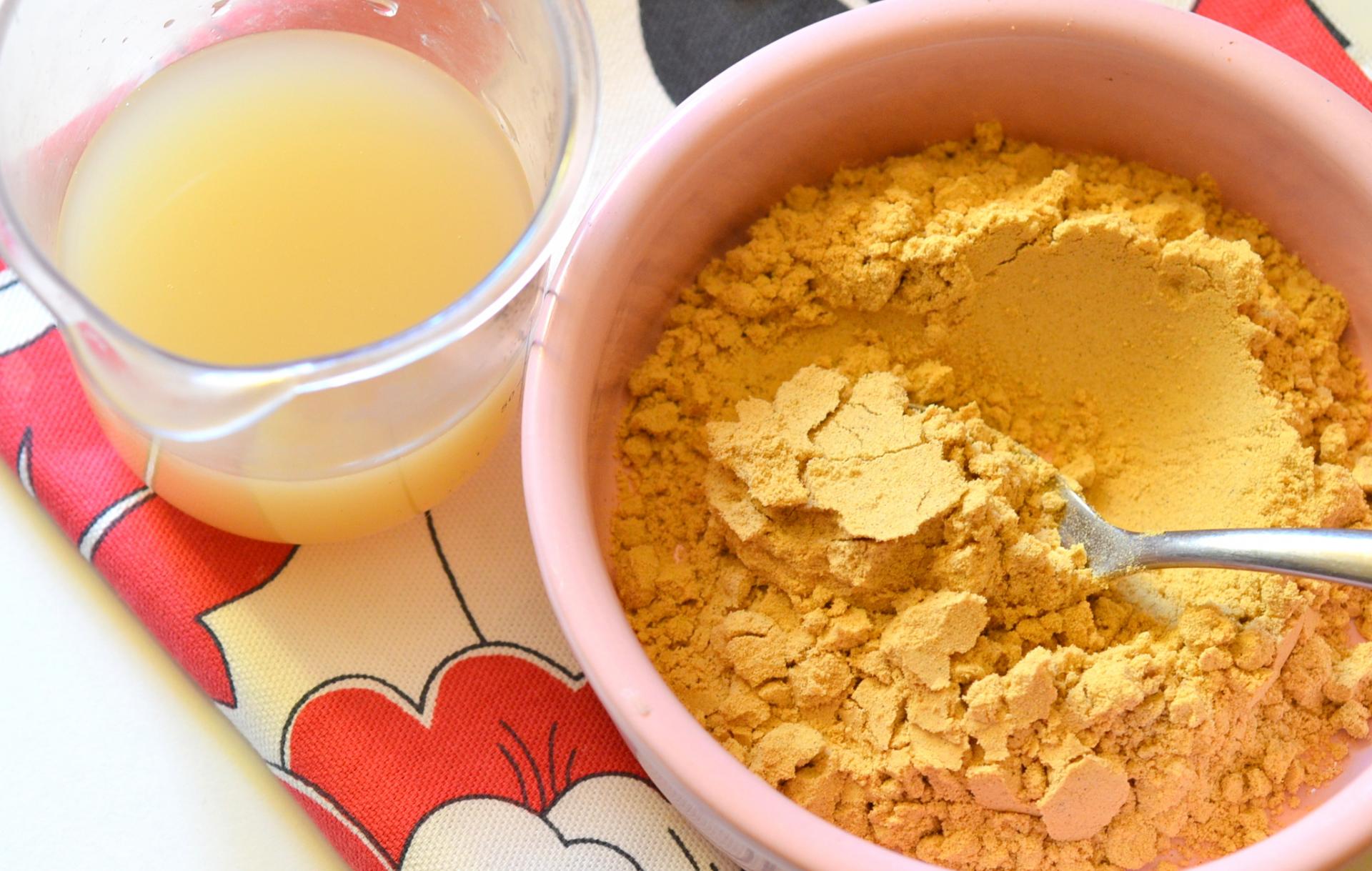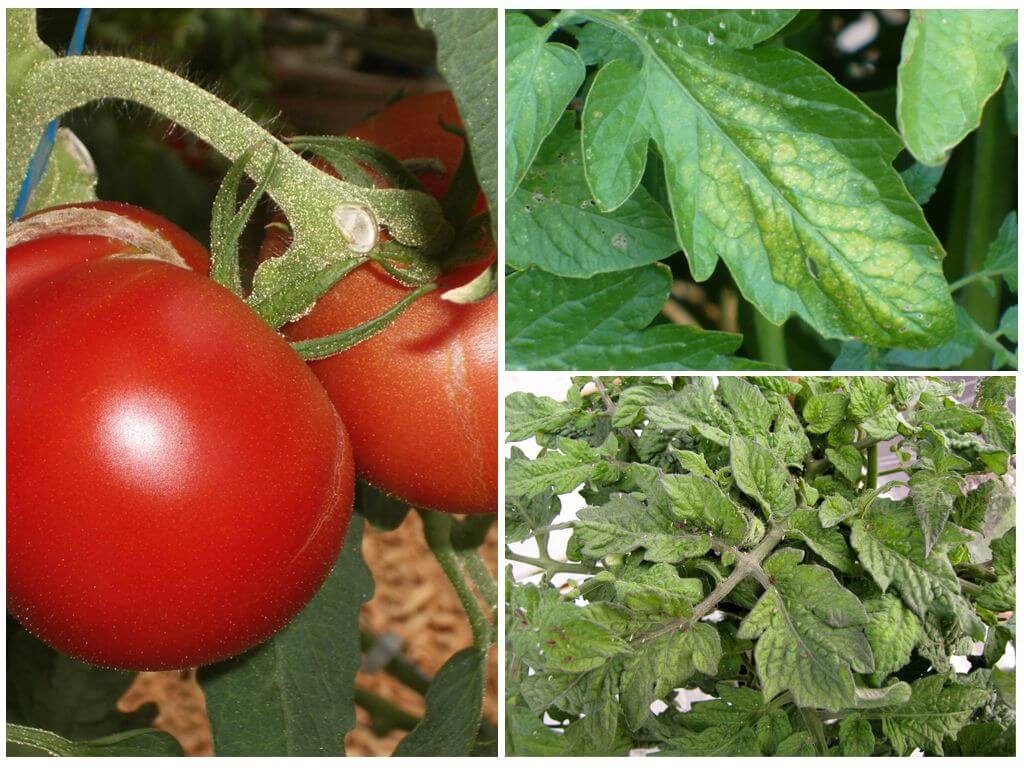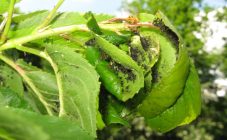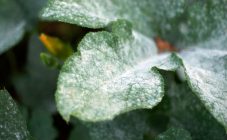Content:
You can grow a tomato both outdoors and indoors, for example, in a greenhouse, greenhouse or a film tunnel. Seeds can be sown directly into the ground or seedlings can be grown. Some varieties of tomato are suitable for growing on balconies or window sills.
General information about culture
The tomato bush has a well-developed root system with strong branches. From the soil rich in minerals and nutrients, tomatoes get enough nutrition for their development.
There are undersized and tall varieties of tomatoes. Low-growing tomatoes grow to a height of 65-160 cm. Stepsons are formed at the bottom of the plant, a small number of brushes (3-5) are tied on the main or lateral stem. Most often, these varieties have an early ripening period. There is no need to tie up tomatoes, only in the case of large fruits, it is recommended to install a support so that the bush does not break. Early maturity of low-growing varieties provides tomato protection against late blight.
Tall tomatoes can reach a height of 4 meters. In such tomatoes, all lateral stepchildren are removed so that the plant spends energy on the formation of ovaries and fruits. Tall tomatoes are famous for their productivity: up to 10 fruit clusters can form on the stem, from which up to 10 kg can be obtained. fruits. High plant growth ensures the circulation of air and sunlight, saves garden space due to thin stems, prevents leaves from contacting the soil, which will avoid late blight. These varieties have a long fruiting period: from early summer to the first frost.
Late blight is one of the most harmful diseases for tomatoes. This is a fungal disease that spreads quickly from one plant to another. Low air temperature and high humidity contribute to the spread of late blight.
The causes of late blight
- The plants are too densely planted and there is poor ventilation between them.
- The closest neighbor is potatoes. Phytophthora affects first potato bushes, then migrates to other plants.
- A sharp temperature drop between day and night, fogs, morning dew on plants.
- Rainy weather, high humidity. The spores of the fungi are washed into the ground or transferred to plants growing nearby.
- Insufficient content of iodine, manganese, copper and potassium in the soil.
- Excess watering during fruit ripening, moisture ingress on the leaves.
- Increased content of nitrogen elements.
Signs of phytophthora
Lesions have the appearance of brown spots, which appear on the leaves, then pass to the stems and fruits.
After brown spots, a whitish mold or plaque appears on the leaves that resembles a cobweb. Parts of the plant that have been infected die off, the fruits change shape, begin to rot, the bush dies.If signs of late blight are detected, the diseased bush is urgently removed.
Late blight appeared on tomatoes: how to fight
Remedies for late blight on tomatoes:
- Fitosporin. The pesticide enters the plant tissue and kills the pathogenic bacteria. The substance does not have a negative effect on human health. It has a therapeutic and prophylactic effect. Dosage of the substance: 10 g is dissolved in 10 liters. warm water. The drug is kept in the sun for several hours, to revive the bacteria, after which they start processing. Tomatoes are treated for late blight every 10 days. The analogue of this drug are: Baikal-EM, Baktofit, Fitoftorin.
- Ridomil. Kills the infection by penetrating into the tissues of tomatoes after application after 30 minutes. Used as a therapeutic and prophylactic agent.
- Quadris. The drug is used to treat various diseases of tomatoes. In the open field, processing is carried out once every 2 weeks, in the closed field - once a week.
- Ordan. The fungicide contains copper oxychloride and cymoxanil. When using Ordan, tomatoes are not eaten for up to 5 days, since the drug lingers on the fruits.
- Antibiotic Trichopolum. The drug is antifungal and antimicrobial, the active ingredient is metronidazole, as stated in the description. 1 tablet is dissolved in 1 liter of water. Processing is carried out twice a month, starting from the moment the ovaries appear. For preventive treatment of tomatoes in the open field, the dosage of the drug is 2 tablets per 1 liter. water. Activities are carried out every 10 days or after precipitation. The solution does not stay in the leaves.
- Antibacterial drug Furacilin. 10 crushed tablets are stirred in 10 liters of water. A solution of this substance can be prepared for future use, it will not deteriorate. Tomatoes are sprayed three times: before flowering, when the ovaries are formed, and also during the ripening period of tomatoes. Furacilin is safe for humans.
Folk remedies for phytophthora
In cases where there are no medicines at hand, gardeners have a question of how to process tomatoes. In the fight against the disease late blight of tomatoes, folk remedies will help.
Processing of tomatoes from late blight with improvised means can be done:
- Milk iodine solution. Iodine is used as an antimicrobial agent. To get a solution of 10 liters. water is stirred with 1 liter. milk and 20 drops of iodine alcohol solution. The solution is suitable for spraying plants.
- An infusion of brilliant green alcohol solution. You can replace iodine with brilliant green in a proportion of 40 drops per 10 liters of water.
- Tincture of garlic. Chop 200 g of garlic, stir in a glass of warm water. The mixture is insisted for a day. After that, the infusion is filtered and dissolved in 10 liters. water. For treatment, the solution must be sprinkled on the tomatoes.
- Copper sulfate. The use of this tool is possible before flowering. To obtain the product, 2 tablespoons of copper sulfate are added to 10 liters of water. They need to carefully irrigate the entire above-ground part of the circle.
- Manganese. A solution of potassium permanganate is used to disinfect and soak the seeds.
- Salt solution. A full glass of salt is stirred in 10 liters of water. The solution creates a protective layer on the plants that does not allow fungus to pass through.
- Soda: dilute a tablespoon of soda with half a bucket of water. A few drops of liquid soap are also added to make the solution sit better on the bushes.
- With vinegar. Half a glass of table vinegar 9% is poured into a bucket of water. Spray the entire plant.
- Ash. For use, take 5 kg of ash, pour a bucket of water, mix and leave alone for 3 days. Then add the required amount of water to obtain 30 liters of solution.
If, after planting in the ground, late blight appears on tomato seedlings, the fight will be aimed at saving young plants. For the late blight fungus on tomatoes, the presence of copper is destructive. To protect the plant, the root collar is wrapped with copper wire. They also pierce the stem with a small piece of wire, and bent the ends to the ground.The copper component will strengthen the immune system and prevent the spread of the disease.
Some gardeners use mustard in the fight against late blight on tomato seedlings. Mustard itself will not cure the disease. Bacteria that will settle on it will come to the rescue. Dry mustard (100 g) is steamed in a liter of boiling water, then diluted with 4 liters of water and the resulting liquid is used to treat bushes and soil. They also use mustard grains when planting seedlings: add 5 mustard grains to the hole or sow it between the rows.
To properly spray plants, you must take into account the basic rules:
- Processing is carried out in clear and calm weather.
- Morning or evening is the best time to process.
- Personal protective equipment must be used when using toxic drugs.
Prevention of late blight
To save the tomato crop from a terrible disease, preventive actions are required:
- Correct crop rotation. Poor precursors for tomatoes: potatoes, peppers, eggplants. It is best to plant tomatoes after onions, beets, cucumbers, carrots and cauliflower.
- Tomatoes love sunny places.
- It is preferable to choose early maturing varieties or hybrids that are resistant to late blight.
- Bushes should not be planted too close.
- Watering should be done directly under the root to keep the leaves and stem dry. Morning hours are good for watering to let the excess moisture go away during the day. Drip irrigation is ideal for growing tomatoes.
- Timely cleaning of remote stepchildren, leaves, grass.
- Feeding with phosphorus and potassium will help to increase the immunity of plants.
- Greenhouse tomatoes require regular ventilation.
- You can not get carried away with fertilizing nitrogen. Nitrogen is useful for tomatoes in the first half of tomato growth, and in the second half of the growing season, nitrogen will accelerate the appearance of late blight.
Other diseases of tomatoes
In addition to late blight, gardeners have to fight other tomato diseases. Among them: top rot, leaf mold, alternaria, black leg.
The main reasons for the appearance of these diseases: sudden temperature changes, high humidity, lack of vitamins in the soil.
- Blackleg is characterized by blackening and weakening of the plant. The diseased plant must be removed, the focus of the disease must be treated with solutions of Bordeaux liquid or potassium permanganate. The rest of the plants are sprinkled with ash or sand, this will save them from waterlogging.
- Alternaria manifests itself in the form of gray-brown spots on the lower leaves, passing to the fruit and leading to the death of the bush. For treatment, fungicides are used.
- A sign of apical rot will be the appearance of small watery spots that gradually increase in size. For treatment, tomato leaves are treated with a solution of calcium chloride.
- Leaf mold affects leaves, stalks and ovaries with light green spots that turn brown over time. You can get rid of leaf mold with a tincture of garlic or celandine.
Prevention will help protect against these diseases:
- Disinfection of seeds before sowing.
- Loosening the soil.
- Cleaning bushes from fallen leaves and weeds.
- Correct crop rotation.
- Moderate watering.
To grow homemade tomatoes, it is necessary to observe simple conditions for crop rotation, timely fertilization, and keeping the site clean. Also, tomatoes must be protected from sudden temperature changes, waterlogging of the soil and ventilation problems. Timely prevention of diseases will also have a positive effect on the quantity and quality of the crop.

